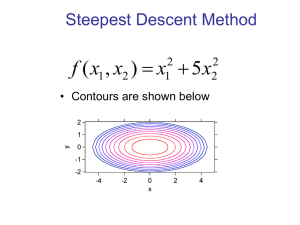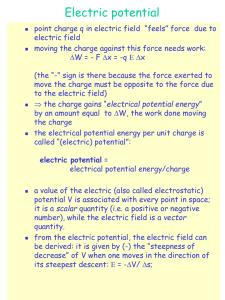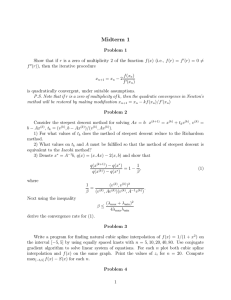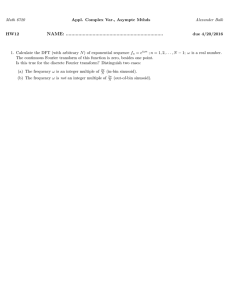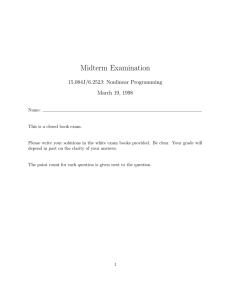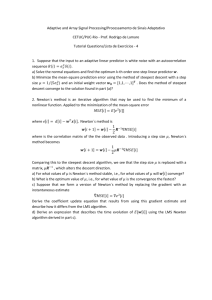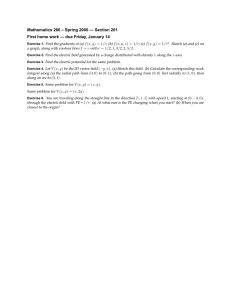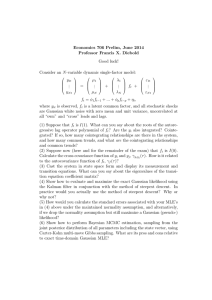Complex Variables II PROBLEM SET 9 Due April 10, 2007 zw
advertisement
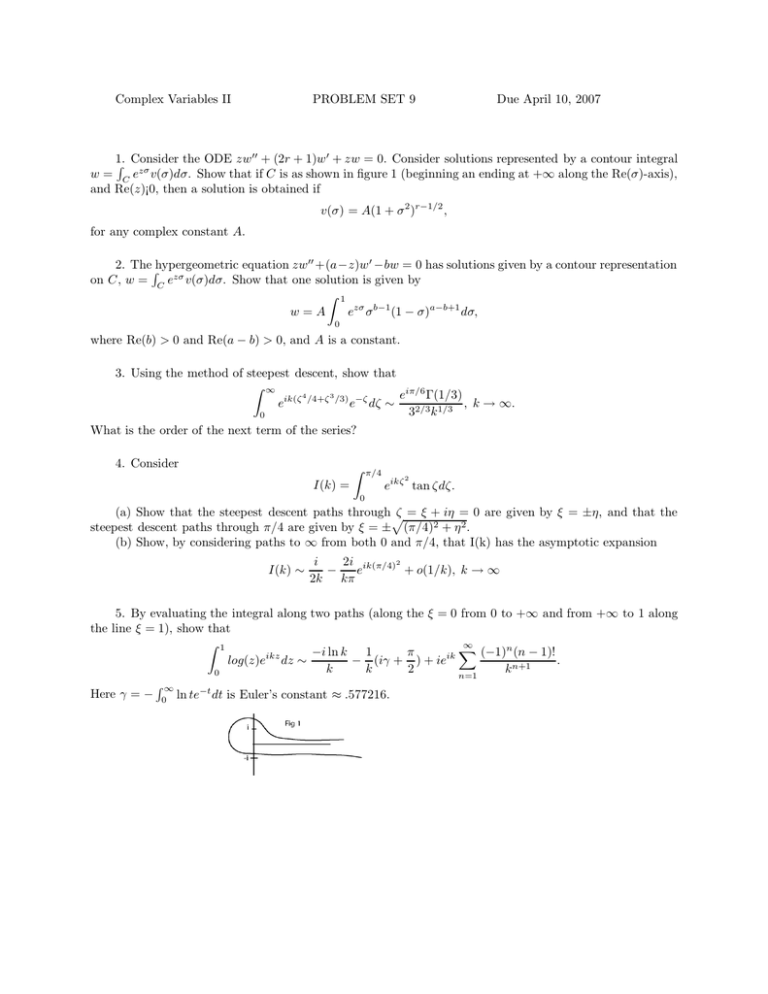
Complex Variables II PROBLEM SET 9 Due April 10, 2007 1. the ODE zw00 + (2r + 1)w0 + zw = 0. Consider solutions represented by a contour integral R Consider zσ w = C e v(σ)dσ. Show that if C is as shown in figure 1 (beginning an ending at +∞ along the Re(σ)-axis), and Re(z)¡0, then a solution is obtained if v(σ) = A(1 + σ2)r−1/2 , for any complex constant A. 2. TheRhypergeometric equation zw00 +(a−z)w0 −bw = 0 has solutions given by a contour representation on C, w = C ezσ v(σ)dσ. Show that one solution is given by Z 1 ezσ σb−1(1 − σ)a−b+1 dσ, w=A 0 where Re(b) > 0 and Re(a − b) > 0, and A is a constant. 3. Using the method of steepest descent, show that Z ∞ 4 3 eiπ/6 Γ(1/3) eik(ζ /4+ζ /3) e−ζ dζ ∼ , k → ∞. 32/3k1/3 0 What is the order of the next term of the series? 4. Consider I(k) = Z π/4 2 eikζ tan ζdζ. 0 (a) Show that the steepest descent paths throughp ζ = ξ + iη = 0 are given by ξ = ±η, and that the steepest descent paths through π/4 are given by ξ = ± (π/4)2 + η2. (b) Show, by considering paths to ∞ from both 0 and π/4, that I(k) has the asymptotic expansion I(k) ∼ i 2i ik(π/4)2 + o(1/k), k → ∞ − e 2k kπ 5. By evaluating the integral along two paths (along the ξ = 0 from 0 to +∞ and from +∞ to 1 along the line ξ = 1), show that Z 1 ∞ X (−1)n (n − 1)! −i ln k 1 π log(z)eikz dz ∼ . − (iγ + ) + ieik k k 2 kn+1 0 n=1 R∞ Here γ = − 0 ln te−t dt is Euler’s constant ≈ .577216.

